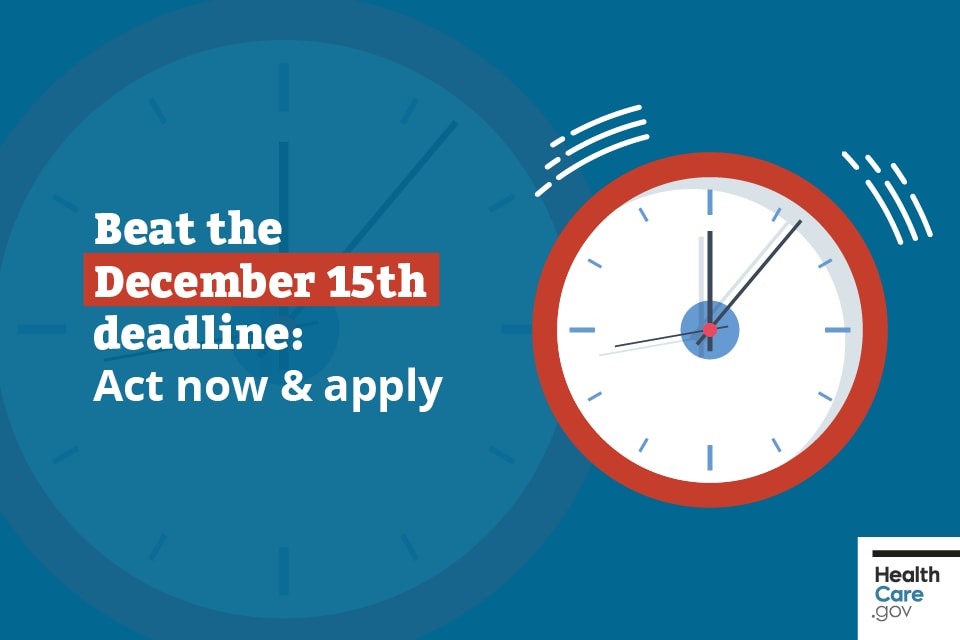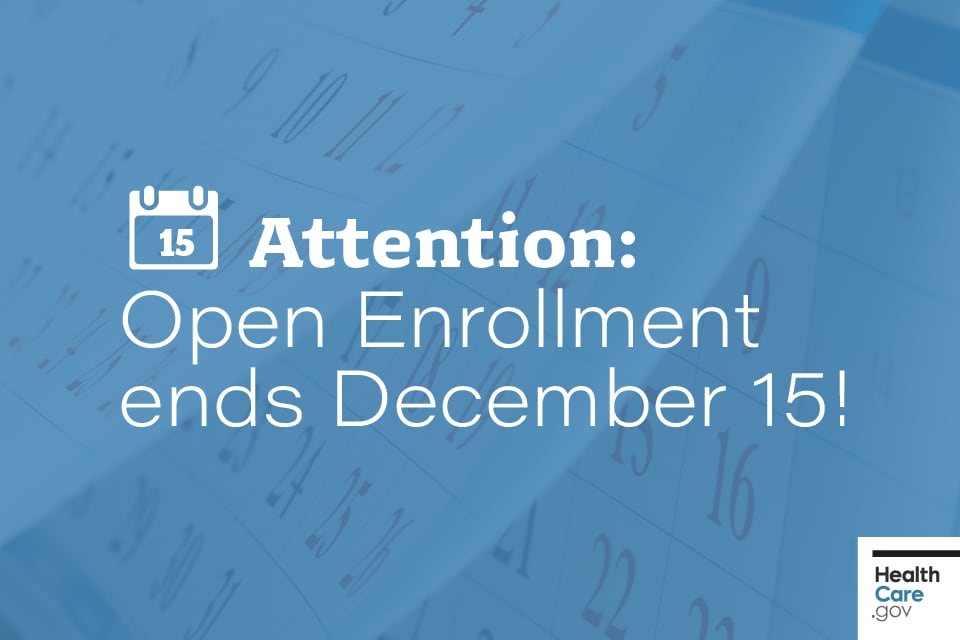Full summary by Prof. Tim Jost published by Health Affairs, 10/30/2017. HHS Report: Health Insurance Choices and Premiums in the 2018 Federal Medical Insurance Exchange. The report files what was already commonly knowninsurer involvement in the exchanges is down for 2018 from 2017 and premiums, particularly the benchmark silver strategy premiums, are up considerably. Advance exceptional tax credits (APTC), nevertheless, are also up greatly, and many customers who buy protection through the exchange may discover that protection costs less than in 2015 after APTC are used - What is cobra insurance. HHS Map of Health Insurance Company Protection States Where Health Exchange Premiums Are Increasing. In the week before the 2018 open enrollment period started, an independent health policy report explained the state of premiums on the health exchanges created by the ACA/Obamacare.
gov states," shows exchange premiums for the most widespread kind of exchange strategy (silver level) will be 34 percent greater, usually, compared to last year's 25 percent." These averages leave out the 10 states that run their own exchanges and often outmatch the federally run versions. Largest Increases: in Iowa (69 percent), Wyoming (65 percent) and Utah (64 percent). Iowa requested to waive certain elements insurance to avoid large boosts, but was required to withdrew their request on Oct. 23 when it became clear that it would be turned down by the Trump administration. Premium decreases: In Alaska, by 22 percent; in Arizona, by 6 percent; and in North Dakota, by 4 percent.
CAPITOL TO CAPITOL ON HEALTH CARE: Individual Required Repeal: The Senate tax expense repealed the requirement in the Affordable Care Act (ACA) for individuals to have health protection, which the Congressional Spending Plan Workplace (CBO) tasks would conserve the federal government $338 billion over the next ten years. Repeal of the specific required, nevertheless, might potentially have an immediate effect on charges, insurance coverage premiums and health insurance choices for countless Americans. (NCSL, Updated 12/4/2017) 2018 Premium Table for Typical Bronze, Gold and Platinum Health Exchange Plans (Health Care. gov states only) - Open: 50-state Table # 2 in brand-new window Charges for not having health insurance - 2015 Short article and map, initially posted by The New York Times, 11/29/2017 HHS announces a 90 percent cut to funds for health enrollment programs in all 50 states, from $100 million for fall 2016, down to $10 million for fall 2017.
[Read CMS Publication, Aug. 31, 2017]; additional news and analysis online: Kaiser Health News The New York Times 2018 Premium Changes: The Choice: Go Back To a Broken Medical Insurance Market or Move Towards Market Stability Chart pack online. States face alternatives to timeshares a June 21, 2017 due date to submit preliminary premium rates for strategies to be sold in 2018 through exchanges. Rates are locked in by Aug. 16, 2017, although due dates could be adjusted by emergency policy. published by The Commonwealth Fund, 6/12/2017 Report Online. published by Kaiser Family Structure. August 2017 Projected Changes in Health Coverage, 2017-2016 Pop-out Chart as computed by the Congressional Spending Plan Office, 7/20/2017.
Excitement About What Is Professional Liability Insurance
2018 Preliminary Premium Rates by States: Proposed, not final, Download PDF 50-state table. Calculated by a private 3rd party scientist Charles Gaba, and not binding for states, as of 8/14/2017. ONE LAST ATTEMPT TO REPEAL THE ACA- Sept. 20, 2017After legislation to reverse and change the Affordable Care Act stopped working in a significant Senate vote in July, it appeared that Republicans on Capitol Hill had dropped the effort. However, Senators Lindsay Graham (R-S.C.) and Expense Cassidy (R-La.) are restoring the health care debate and unveiled legislation to reverse and replace the ACA in a desperate effort to change the law prior to Sept.
- What is a deductible in health insurance. Check out Capitol to Capitol, 9/18/2017] Employer-Sponsored Health at the State Level, 2017: Premiums and Deductibles Continue to Increase, While expenses associated with the Affordable Care Act markets, most of non-elderly Americans (51. 6 percent) continue to get their health insurance coverage from a company. A brand-new analysis from University of Minnesota highlights the experiences of private sector workers with employer-sponsored insurance (ESI) from 2013 through 2017 at the nationwide level and within the states. Their report includes a Two-page truth sheet on ESI for each state; separate 50-state interactive map showing premiums for in 2017, with links to state profile pages, and 50-state contrast tables.
For 2016 amongst the approximately 85 percent of Health, Care. gov customers with exceptional tax credits, the typical monthly net premium increased simply $4, or 4 percent, from 2015 to 2016, according to an HHS report. For contrast, the Employer Health Benefits Study showed annual premiums for employer-sponsored family health protection reached $18,142 year, up 3 percent from 2015 with employees getting out of bluegreen timeshare usually paying $5,277 towards the expense of their protection. Summary Complete Report. Health Insurance Option and Premiums in the 2017 Health Insurance Market. Read the complete brand-new report released by HHS Oct 24, 2016. It reveals that 72 percent of Market consumers in states using Health, Care.
The report also shows that customers will have alternatives, with approximately 30 health insurance plans to select from. 50-state premium examples with and without subsidies are provided.+ Using Cost Estimators to Help Customers Understand Health Strategy Costs, The Affordable Care Act's medical insurance marketplaces were created to assist customers buy insurance by themselves. In the markets, individuals can and compare strategies in one place. However, searching for insurance coverage can still be challenging. Consumers are very interested inbut often confused bya health plan's expense. A new problem quick checks out the market's usage of total cost estimatorstools that timeshare fraudsters assist customers estimate a strategy's total expenses, including premiums, subsidies, and expected cost-sharing.

Fascination About How To Lower Car Insurance
2017 premium boosts emerged: A private non-profit web service by Charles Gaba posts an extensive tracker of rate filings including projected in general, weighted typical rate modifications for the specific market. Kaiser Family Foundation has an examination of 2017 premium changes and issuer participation. It is provided with the following declaration," in basic, 23 percent appears to be the number to look at for asked for boosts overall." Throughout September and October it was up to state regulators to either approve or change those demands." Marketplace Premiums after Shopping, Switching, and Premium Tax Credits, 2015-2016. Health insurance coverage rate information becomes readily available each spring as companies submit proposed rates with federal and state regulators (How much does car insurance cost).

Neither the proposed nor last rates used by any individual issuer provide a reputable basis for predicting what common Marketplace consumers will pay in the following year. Consumers' real health insurance coverage premiums. 2016 Employer Health Benefits Survey. Yearly premiums for employer-sponsored family health coverage reached $18,142 this year, up 3 percent from last year, with employees usually paying $5,277 towards the expense of their protection. Summary Complete Report. Kaiser/HRET study, published 9/2016. 2015 Employer Health Advantages Survey. Annual premiums for employer-sponsored family health coverage consist of a modest boost (4 percent) in the average premiums for both single and family protection in the previous year.